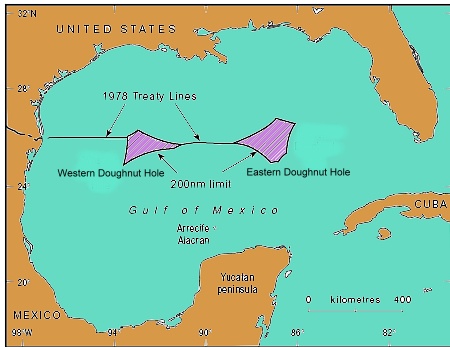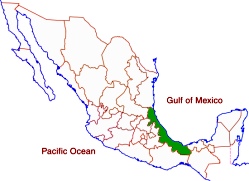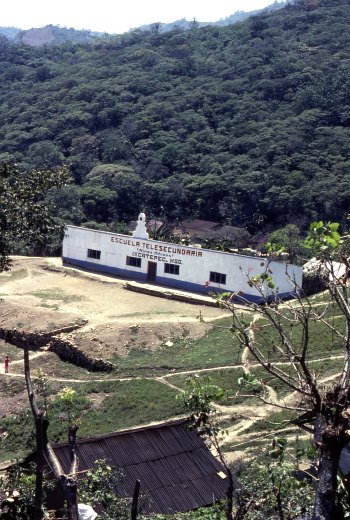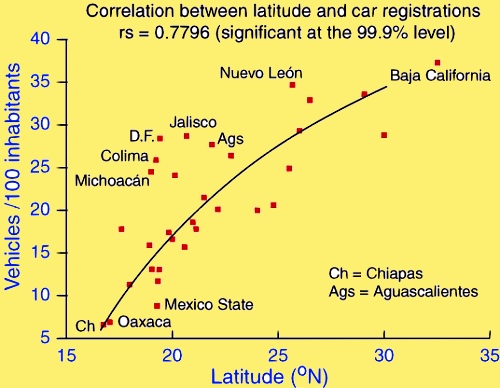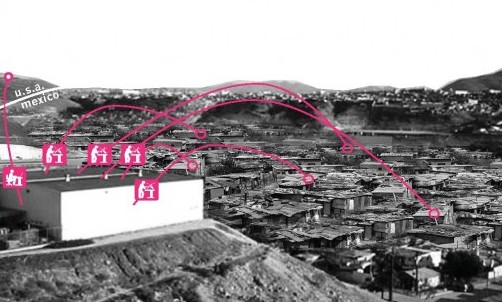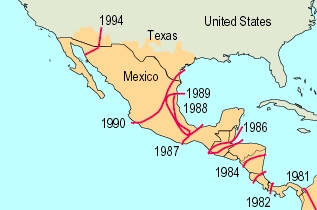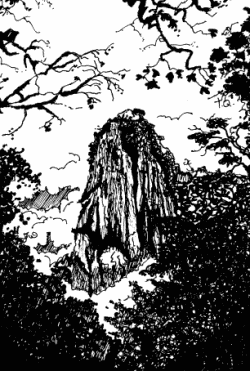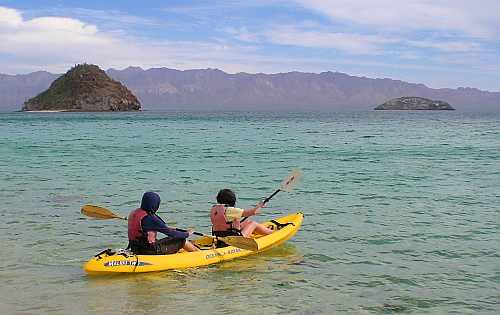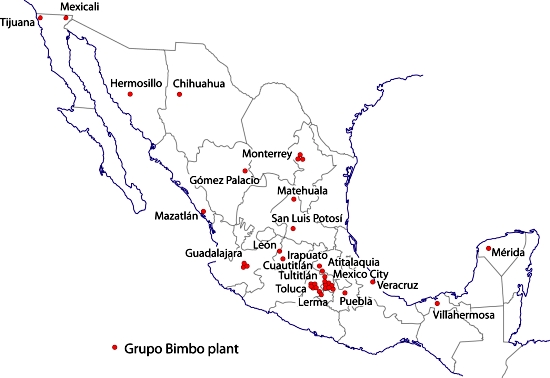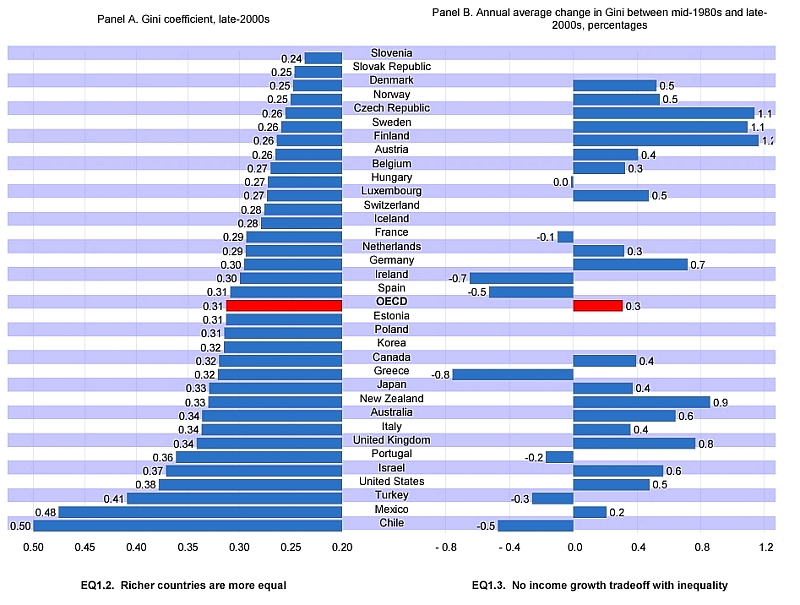Almost all internal migration in Mexico in recent history has been voluntary. Tens of thousands of rural Mexicans have decided that life might be better somewhere else and have left their farms for the bright lights of the nearest large city. Their motivation is usually economic, but sometimes may be based on educational opportunities or access to health care.
However, not all internal migration has been voluntary. There have been some cases of forced migration, where the inhabitants of a village or area have been made to move away in order to make way for large-scale infrastructure projects such as reservoirs, tourism resorts and hotel complexes.
Since most good dam sites are in remote highland areas, with sparse population, forced migrations due to new dams are relatively rare in Mexico. One good example is when the building of the Cerro de Oro dam in the 1970s in northern Oaxaca, on a tributary of the River Papaloapan, flooded 360 square kilometers (140 square miles) and meant the forced relocation of more than 5000 Chinantec Indians. [Aguilera Reyes] The resettlement plan was one of the most forward-looking of its time. Villagers received compensation for their existing homes, trees and crops, and were offered a choice of possible resettlement sites.
They chose an area of rainforest-covered ridges and valleys near the headwaters of the Rivers Coatzacoalcos and Uxpanapa in the Isthmus of Tehuantepec. With government assistance they built a dozen new villages named, somewhat unimaginatively, Poblado Uno, Poblado Dos, etc. Extensive agricultural support was provided for several seasons, but the plan failed to live up to expectations, in part because its architect, the distinguished Mexican geographer Jorge Tamayo, was killed in a plane crash in 1978.
Many of the area’s young people have migrated (voluntarily) north. The remaining villagers grow ixtle, a fibrous cash crop produced from rainforest bromeliads that can be used for ropes and belts. They are also trying to introduce ecotourism to preserve what is left of their tropical jungle hideout, which has a rich biodiversity, including spider monkeys and jaguars. [Ginsberg]
References:
Aguilera Reyes, S. 2004 “Desarrollo, Población y Uso de los Recursos Naturales en el Valle de Uxpanapa.” Universidad Veracruzana Facultad de Sociología thesis. Xalapa,Veracruz. Marzo 2004.
Ginsberg, S. 2000 Report from Uxpanapa. Can bromeliads save Veracruz’s last rainforest? [6 September 2009]
Related posts:
- Resistance to government-sponsored change in Chiapas, Mexico
- Punta de Mita: forced migration due to tourism development
This post is an edited excerpt from chapter 25 of Geo-Mexico: the geography and dynamics of modern Mexico. Buy your copy today!
